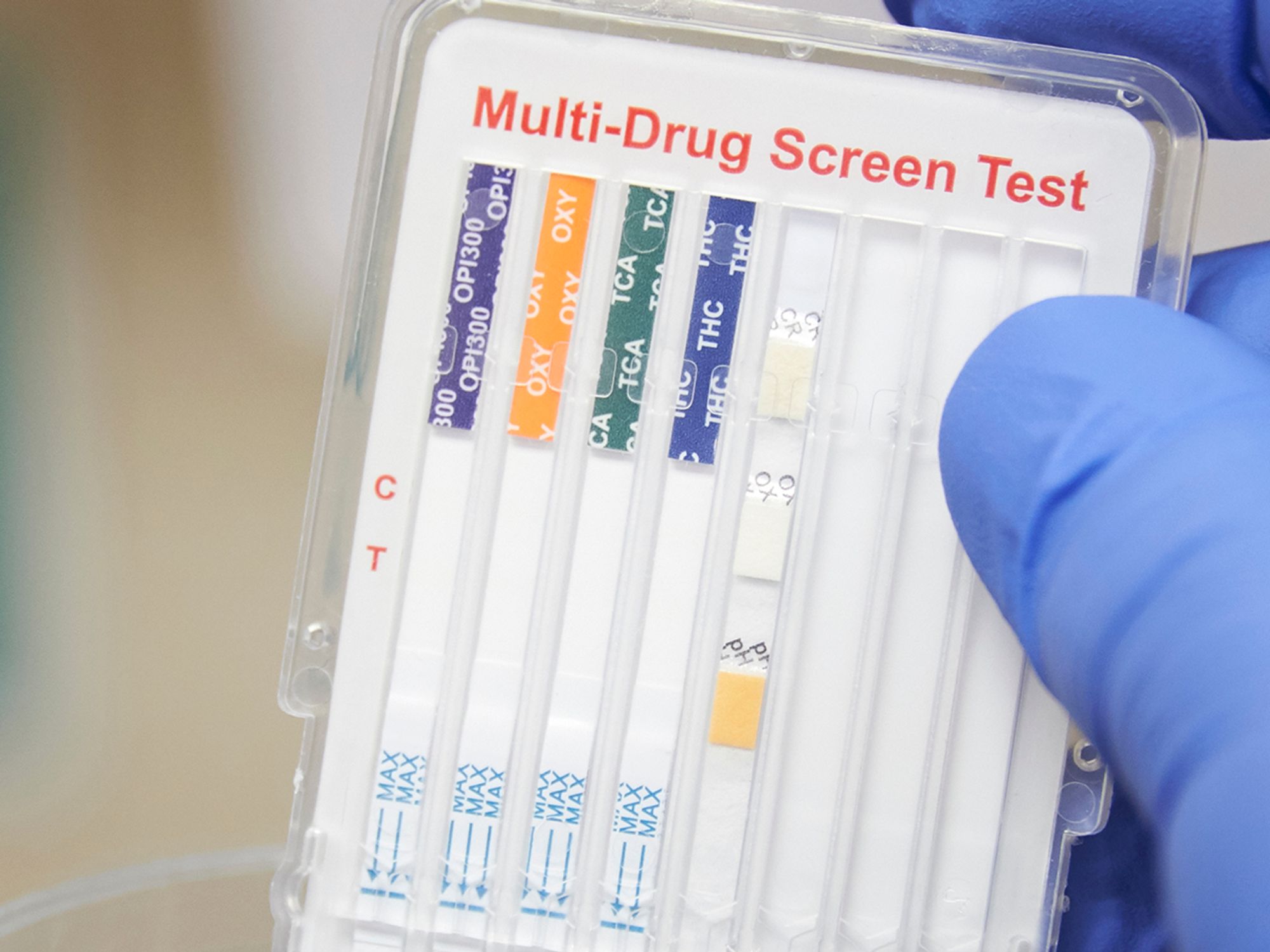Test panels and cutoff levels

- Employers should work with a lab to determine which drugs to test for if the drug testing panel is not specified by state law.
- Each drug is different when considering which minimum measurement, or cutoff level, should be used to indicate a positive result for a drug test.
The types of drugs that are tested for make up the drug testing panel. Employers may test for any number or type of drugs unless the panel is specified by state law.
When state law does not require a specific drug testing panel to be used, an employer may work with a lab to determine which drugs are commonly used in the area. This information can be helpful when deciding which ones to place on the drug testing panel.
Testing panels commonly include:
- Amphetamines
- Cocaine metabolite
- Marijuana metabolites
- Opiates
- Phencyclidine
- Barbiturates
- Benzodiazepines
- Methadone
- Propoxyphene
A state law may limit the drugs an employer can test for, or require certain drugs to be on the panel. Louisiana, for example, requires a specific drug testing panel to be used. In the following states, a specific drug testing panel must be used if an employer is complying with a voluntary law: Alabama, Arkansas, Florida, Georgia, Kansas, Kentucky, Ohio, and Tennessee.
Cutoff levels
A drug test measures the level of drugs, or byproducts of drugs called metabolites, that are in a person’s system. When setting up drug testing procedures, employers need to determine the level of drugs or metabolites that will bring a positive result. This is called the cutoff level.
The cutoff level is the minimum measurement applied to drug testing for a positive result to occur, and it is different for each drug. Setting cutoff levels can be challenging, as setting them too low will result in more false positives. For example, poppy seeds could cause a positive result if there is a low cutoff level. If the level is set too high, however, a drug user could go undetected.
An employer can work with a lab to establish cutoff levels for a positive test. Guidelines set by the Substance Abuse and Mental Health Services Administration (SAMHSA), which establish detection levels for Department of Transportation drug screens, can provide guidance.
State laws may have additional requirements. In Kansas and Louisiana, SAMHSA cutoff levels must be used. In addition, SAMHSA cutoff levels must be used in Alaska, Kentucky, and Ohio if an employer is following the voluntary law.
